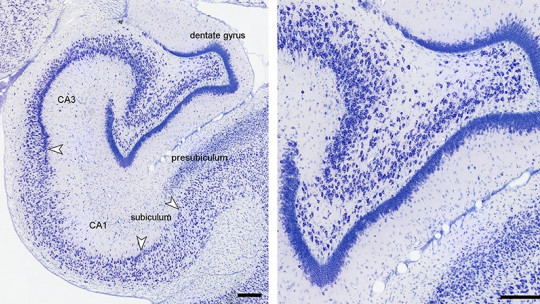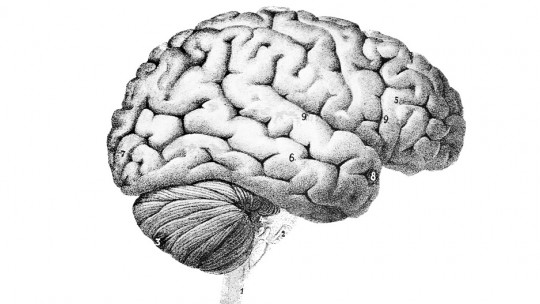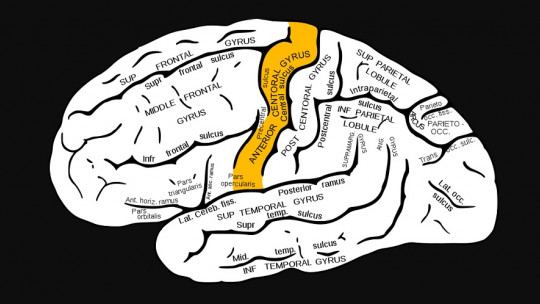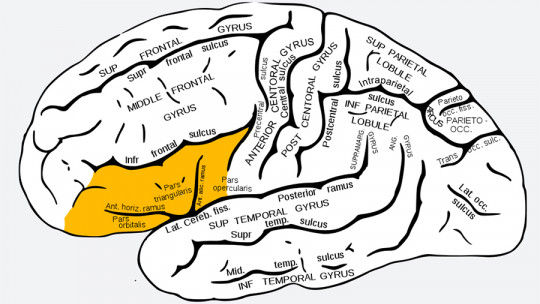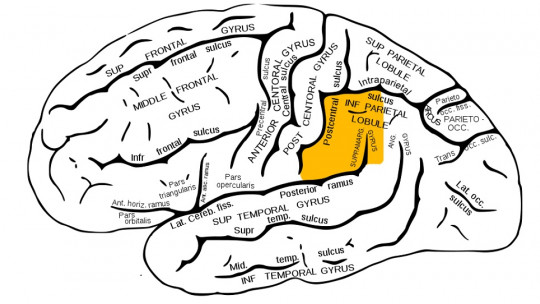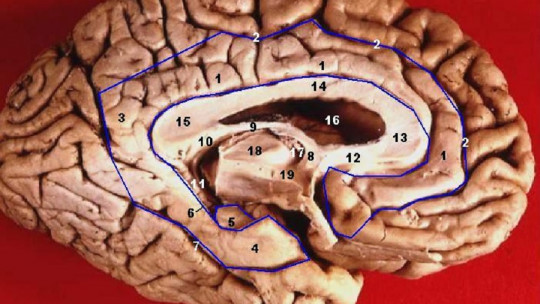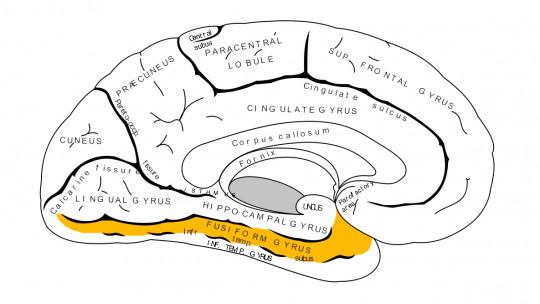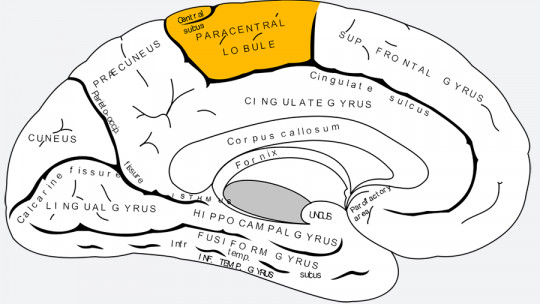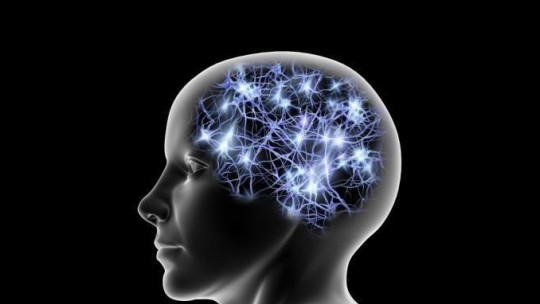
The cingulate gyrus, also known as the cingulate gyrus, cingulate gyrus, cingulum either gyrus cinguli It is a very important part of the brain, since it plays an essential connecting role between the limbic system and the neocortex. The cingulate gyrus forms an arcuate gyrus, close to the surface of the corpus callosum.
In simplistic terms, the cingulate gyrus is like a “passing” structure, like a bridge, which greatly differentiates us from animals that have evolved differently than us.
It connects the structures that make us equal to other animals (the limbic system: let us remember the importance of the hippocampus and the amygdala) and those that give us the ability to plan, reason, and make conceptual abstractions: the higher cognitive functions located in the neocortex.
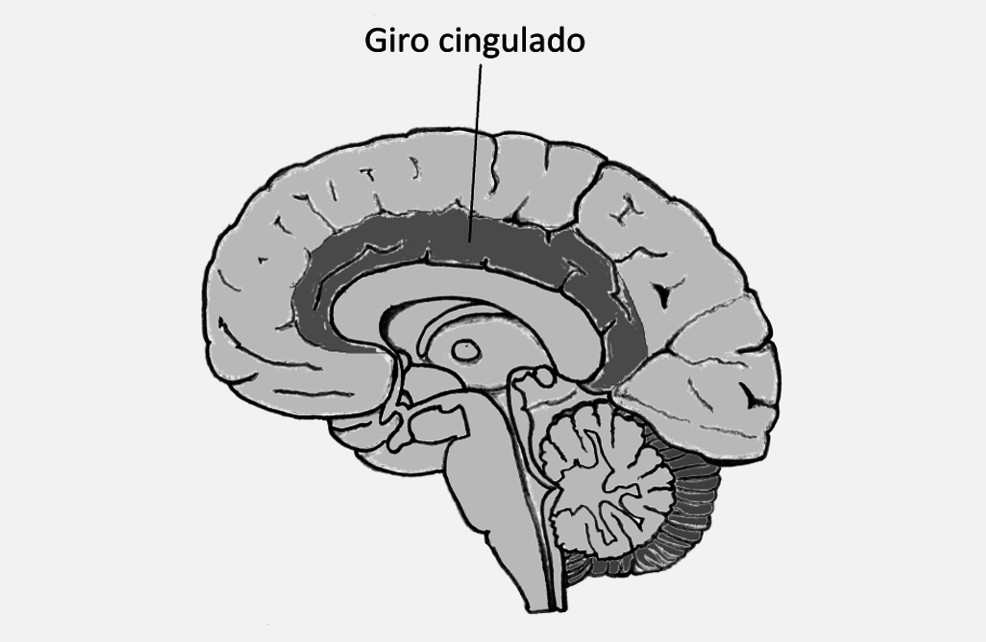
Functions of the cingulate gyrus
The anterior cingulate region has important connections with the amygdala, hippocampus, septum, anterior hypothalamus, caudate and putamen, dorso-medial nucleus of the thalamus, inferior parietal lobe, lateral convexity and medial frontal lobes.
The Papez circuit
Papez (1929) stated that communication between the hippocampus and the neocortex is carried out reciprocally
They are constantly connected through the cingulate gyrus, and would be carried out in the following way: the hippocampal formation processes the information that comes from the cingulate gyrus, and takes it to the mammillary bodies of the hypothalamus (through the fornix).
At the same time, the hypothalamus sends information to the cingulate gyrus via the mammillary bodies-anterior thalamic nucleus and from here to the frontal cortex.
Conflict processing
Posner and other authors (2007) have stated that the anterior cingulate gyrus is part of an executive attentional network, which is responsible for regulating the processing of information from other sensory and emotional networks. This is important when carrying out a task, especially those that require effort or those that are new (non-routine).
Some authors, such as Posner and Botvinick, propose the conflict monitoring hypothesis, which argues that When a conflict is detected in a task (as in the Stroop test), the anterior cingulate gyrus puts into action a set of strategic adjustments in cognitive control and in planning the response.
Your goal is to reduce conflict in the task and, the next time, get it right. It is like a mechanized controlled evaluation of the results. If these are not satisfactory, information is sent to other structures of the planning system (frontoparietal system and cerebellum) that are responsible for establishing action strategies and learning from errors.
Emotional control mechanism
According to Kandel (2000), the emotional state of humans is composed of physical sensations and specific feelings, and are regulated by different anatomical structures.
Specific feelings are regulated by the cingulate cortex and the orbitofrontal cortex, and emotional states (peripheral, autonomic, endocrine, and skeletal-motor responses) involve subcortical structures such as the amygdala, hypothalamus, and brain stem. For example, when we watch a horror movie and feel afraid, at the same time we experience an increase in heart rate, our mouth becomes dry, our muscles tense, etc.
The rostral anterior cingulate cortex can help inhibit the activity of the amygdala, resolve emotional conflicts. This phenomenon is called “emotional top-down.” In patients with depression there is hyperactivation of the anterior cingulate cortex in the processing of negative self-referential words. More specifically, there is a positive correlation between the amygdala, the medial prefrontal cortex and the rostral cingulate cortex between the processing of self-referential negative emotional information.
People with Post-Traumatic Stress Disorder show hypoactivity of the rostral anterior cingulate cortex when trying to evoke the trauma and during re-experiencing it. Furthermore, PTSD symptom severity correlates with hypoactivity of the rostral anterior cingulate cortex.
In people with anxiety, there is no suppression of amygdala activity, which negatively correlates with the activity of the rostral anterior cingulate cortex. The changes in said activity will depend on the perceived threat, the degree of helplessness that the person feels and the anticipation of adverse stimuli
What happens if the cingulate gyrus is injured?
Its injury produces several disorders and syndromes, such as mutism, imitation behavior (echopraxia) and compulsive use of objects.
Lesions in the anterior and medial cingulate regions generate disorders of exploratory, attentional or action motivation. Patients with lesions show hypokinesia, apathy, avolition without depression, lack of spontaneity, akinetic mutism, and flattened emotional response.
Bilateral cingulate lesions generate sphincter incontinence, tendency to distractibility to docility and fabulation.
The best-known alteration when the cingulate gyrus is injured is the medial frontal or anterior cingulate syndrome, which is characterized by lack of initiative, akinesia or hypokinesia, apathy and mutism. There is a reduction in goal-oriented activities, patients do not show interest or concern for anything (neither for their family, nor for themselves, nor for the future).
It would also have to do with the environment dependency syndrome, which entails the loss of personal autonomy (involves a tendency to distraction, hyperreactivity, decreased motivation and apathy).

